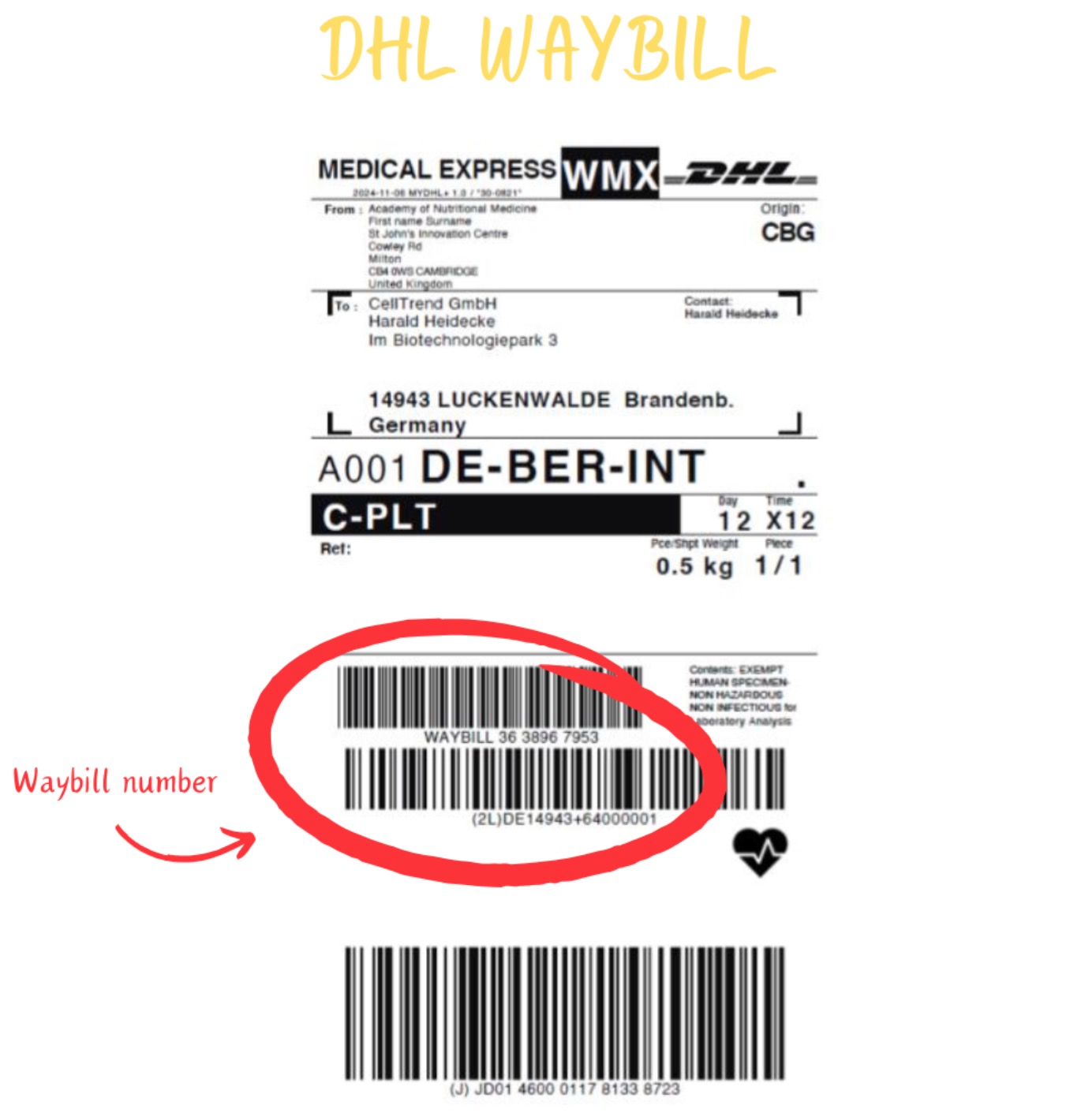When can I expect to receive the report?
Reports for CellTrend tests are typically published between 10-12 days from the Lab receiving the sample.
Can I change or add to my order once the order has been placed?
Once payment has gone through for your order, it may be possible to add or remove tests. Please contact us at support@aonm.org or 03331 210 305 (09:00-16:30 Mon-Fri)
Can I set up a payment plan?
Sorry, it is not possible to set up a payment plan. The Lab requires payment upfront.
Can I pay for tests via bank transfer (BACS)?
If you wish to pay by BACS in £ sterling, please use the bank details on the order form. Your name can be used as the reference.
If you wish to pay by € Euro, please contact us for our Euro account details and a quote at support@aonm.org
Once payment has been made by BACS please contact us at support@aonm.org or 03331 210 305 (09:00-16:30 Mon-Fri) to let us know, and we will generate the AONM Authorisation Code. Please have test numbers to hand if asked.
Can I order tests online?
The tests are available to order via the online shop https://shop.aonm.org/
Do I need an Export Invoice to ship to Germany from the UK?
All the export invoices are submitted directly to customs. The code C-PLT on the waybill means it is a paperless invoice, and the export invoice has already been submitted.
Please do not hesitate to call us if you encounter any problems in any way.
Can I track my shipment?
Only the AONM helpline can track shipments. If you would like to track your order please call the helpline and they can give an update on your package.
The courier has not collected my samples, what do I do?
Call DHL on 0344 248 0012 (for Ireland 1870 0700 or 1816 2000) and ask if it is possible to rebook for the same day. If this is not possible, book a collection for as early as possible the next day.
Please store the package at room temperature, and not in the fridge.
Where can I find the DHL Waybill number?
The DHL Waybill number can be found on the shipping address label (inside the clear plastic wallet on the DHL bag). It is between the barcodes.

I have a DHL waybill, how do I arrange the pickup?
You need to call DHL at least 24 hours prior to your required pick up. Note if samples are being sent on a Monday DHL must be called the Friday before.
Call DHL on 0344 248 0012 (for Ireland 1870 0700 or 1816 2000) to arrange collection of the samples.
Please give DHL your DHL waybill number, which can be found between the top barcodes, and confirm that they have your correct address contact details.
A copy of the instructions are included in the test kit.
